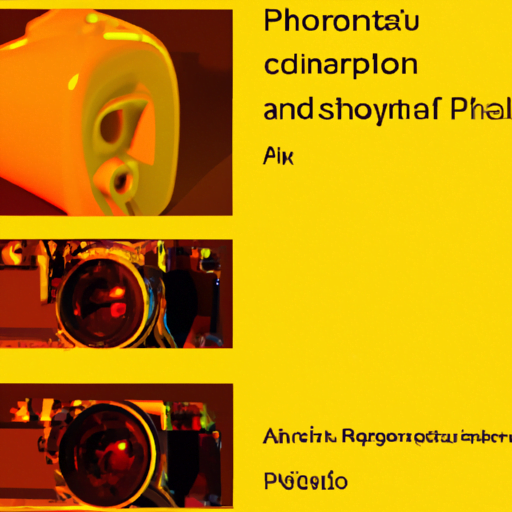
-
Table of Contents
The Role of Design Ethics in Responsible Graphic Design

Graphic design plays a crucial role in shaping our visual culture. From advertisements to websites, graphic design is everywhere, influencing our perceptions and behaviors. However, with great power comes great responsibility. Designers have a moral obligation to consider the ethical implications of their work. In this article, we will explore the role of design ethics in responsible graphic design and discuss the importance of ethical decision-making in the field.
What are Design Ethics?
Design ethics refer to the moral principles and values that guide designers in their decision-making process. It involves considering the impact of design choices on individuals, communities, and the environment. Designers must take into account the potential consequences of their work and strive to create designs that are not only visually appealing but also socially responsible.
The Importance of Design Ethics
Design ethics are essential for several reasons:
- Protecting User Rights: Designers have a responsibility to respect the rights and privacy of users. By adhering to ethical principles, designers can ensure that their designs do not exploit or harm individuals.
- Building Trust: Ethical design practices help build trust between designers and users. When users feel that their needs and interests are respected, they are more likely to engage with and trust the design.
- Addressing Social Issues: Designers have the power to address social issues through their work. By incorporating ethical considerations, designers can create designs that raise awareness, challenge stereotypes, and promote inclusivity.
- Environmental Responsibility: Designers should also consider the environmental impact of their work. By using sustainable materials and minimizing waste, designers can contribute to a more sustainable future.
Case Studies: Ethical Design in Action
Let’s explore some real-world examples of ethical design in action:
1. The Refugee Nation Flag
In 2016, a team of designers created the Refugee Nation flag to raise awareness about the global refugee crisis. The flag, which features a black and orange life jacket, became a symbol of solidarity with refugees worldwide. The design not only raised awareness but also challenged negative stereotypes associated with refugees.
2. The Dark Patterns Project
The Dark Patterns project is an initiative that aims to expose and combat deceptive design practices. Dark patterns are design choices that manipulate users into taking actions they may not want to, such as signing up for unwanted subscriptions or sharing personal information. By highlighting these unethical design practices, the project advocates for more transparent and user-friendly design.
Guiding Principles for Ethical Graphic Design
When it comes to ethical graphic design, several guiding principles can help designers make responsible decisions:
- Transparency: Designers should be transparent about their intentions and the potential consequences of their designs. Users should have a clear understanding of how their data will be used and what actions they are taking.
- Inclusivity: Designers should strive to create designs that are inclusive and accessible to all individuals, regardless of their abilities, backgrounds, or identities. This includes considering factors such as color contrast, font size, and alternative text for images.
- Empathy: Designers should empathize with their users and consider their needs and perspectives throughout the design process. By putting themselves in the shoes of the users, designers can create designs that truly meet their needs.
- Sustainability: Designers should consider the environmental impact of their work. This includes using sustainable materials, minimizing waste, and promoting eco-friendly practices.
The Role of Education and Awareness
Education and awareness play a crucial role in promoting ethical graphic design. Design schools and programs should incorporate ethics into their curriculum, teaching students about the importance of responsible design practices. Additionally, industry organizations and conferences can provide platforms for designers to discuss and share ethical design principles and case studies.
Conclusion
Design ethics are not just a buzzword; they are a fundamental aspect of responsible graphic design. By considering the ethical implications of their work, designers can create designs that not only look good but also have a positive impact on individuals, communities, and the environment. Transparency, inclusivity, empathy, and sustainability are key principles that guide ethical design practices. As designers, it is our responsibility to use our skills and creativity to make the world a better place, one design at a time.
